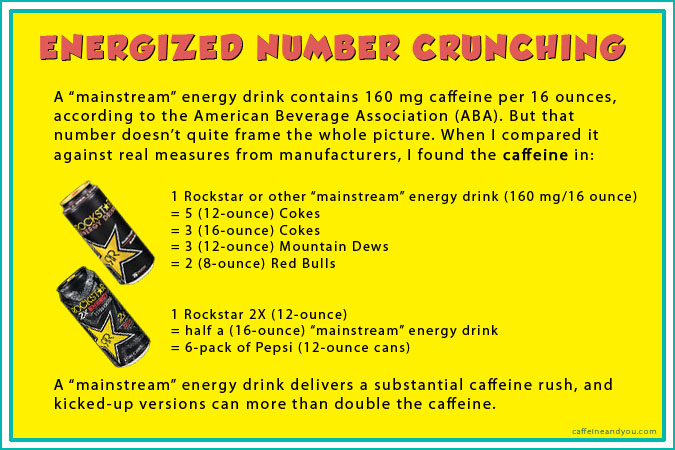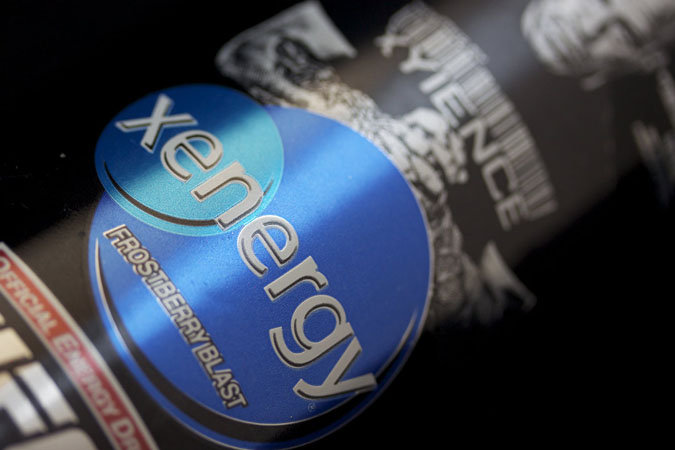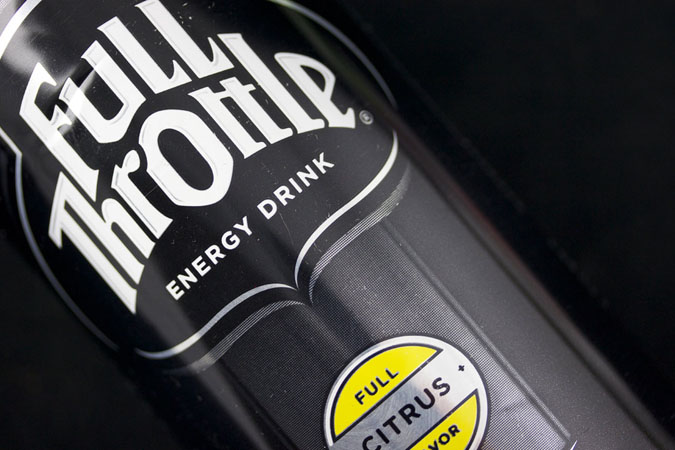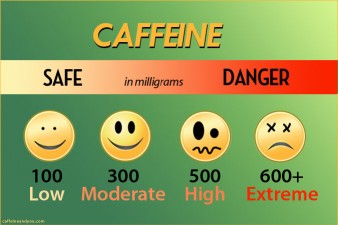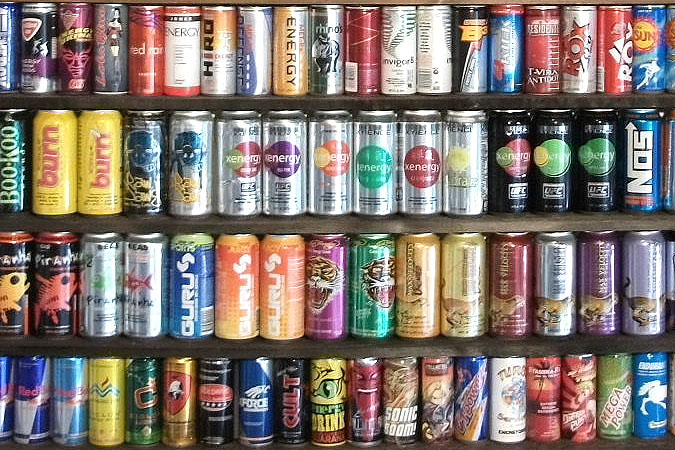 The ABA Says Caffeine Is Not a Drug. Really?
The ABA Says Caffeine Is Not a Drug. Really?
In a 2011 news release, the American Beverage Association (ABA) has actually stated, “caffeine is not a drug.” It also says caffeine is a stimulant.
Conflicting statements don’t do much for credibility, and misleading statements chip away at consumer safety. Caffeine is classified as a drug, a type of central nervous system stimulant; the FDA considers it both a drug and a food additive. Naturally, the ABA has a mission to boost profits for its members. But by making caffeine confusing, beverage makers undermine the public’s ability to consume caffeine safely and responsibly.
Read the full ABA press release

